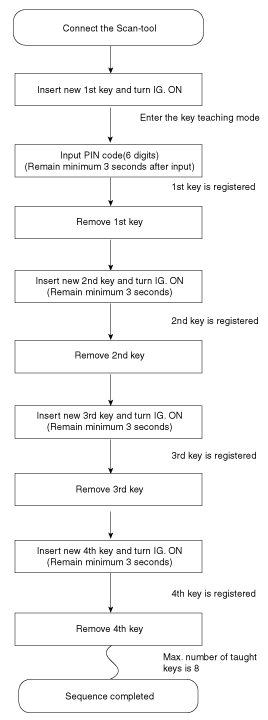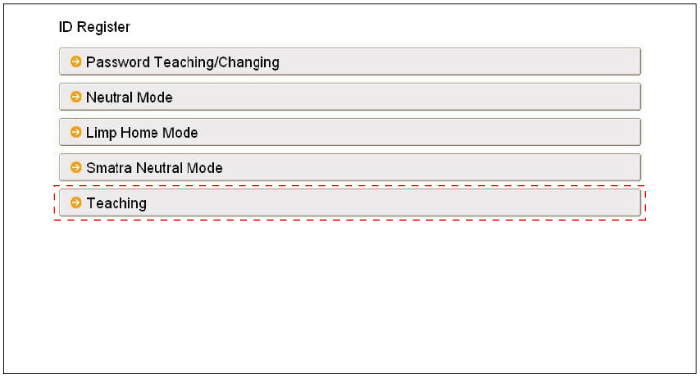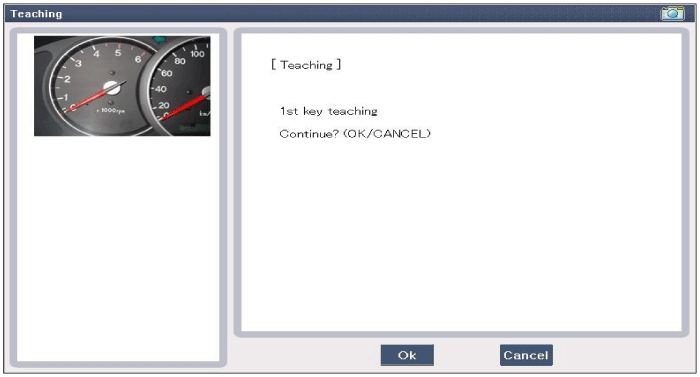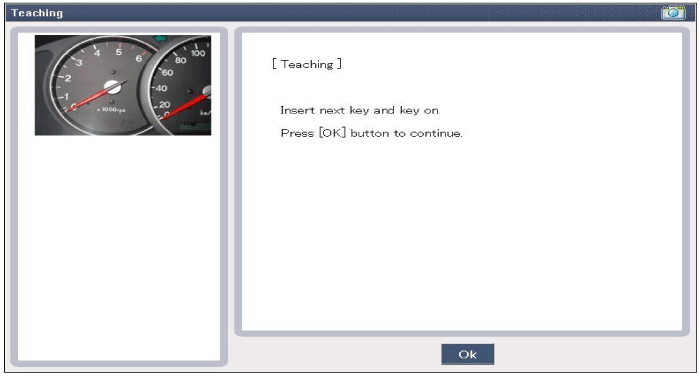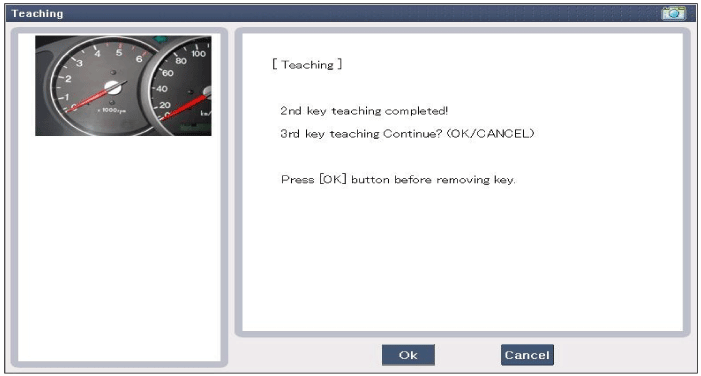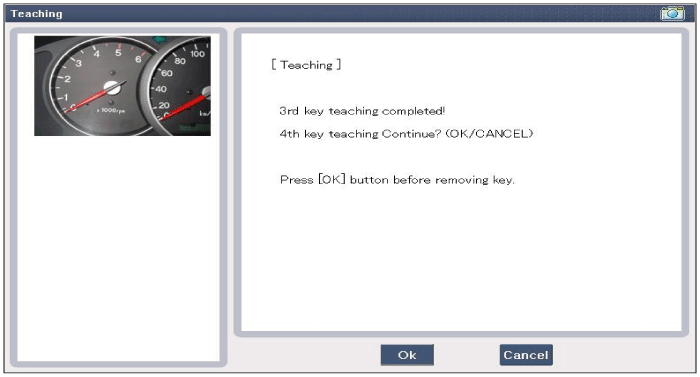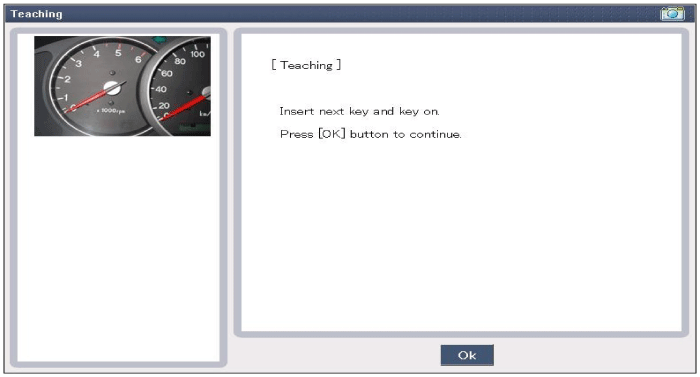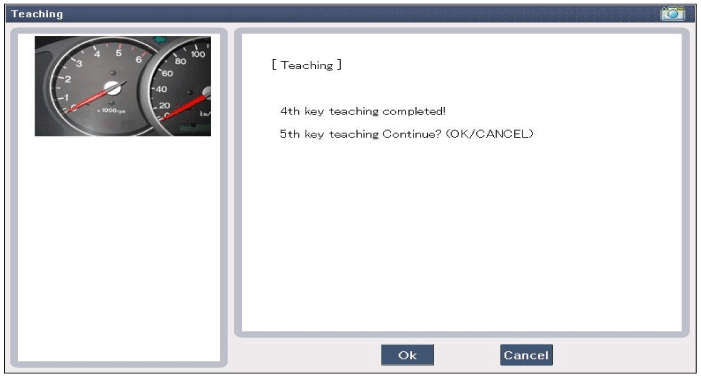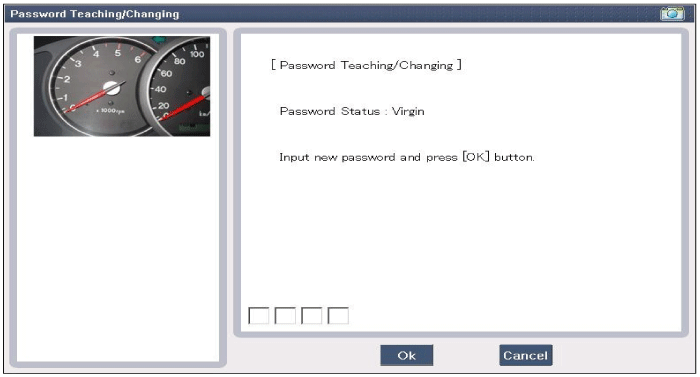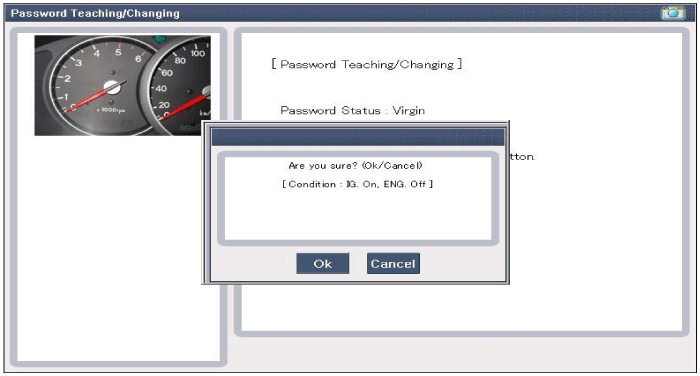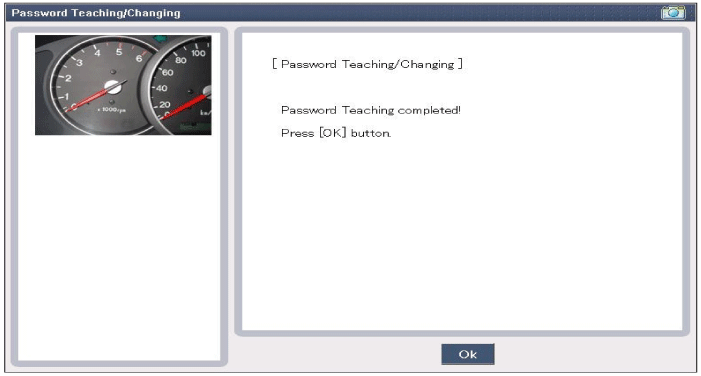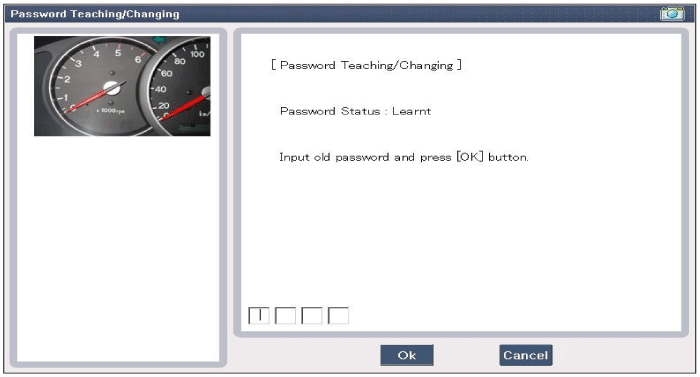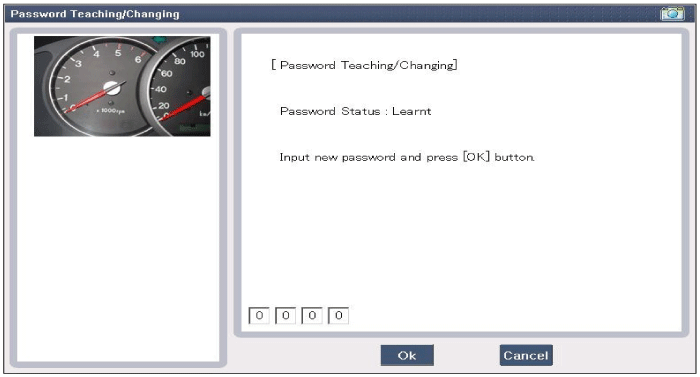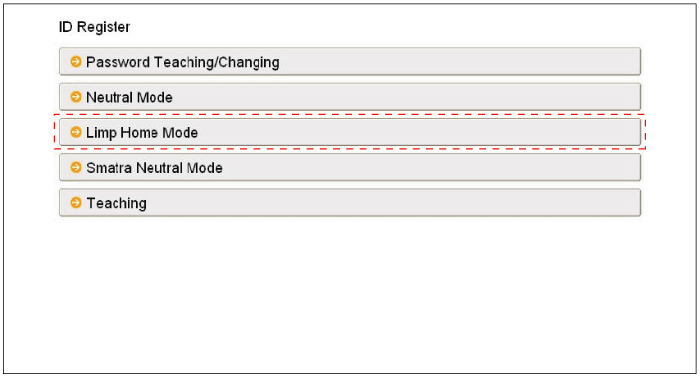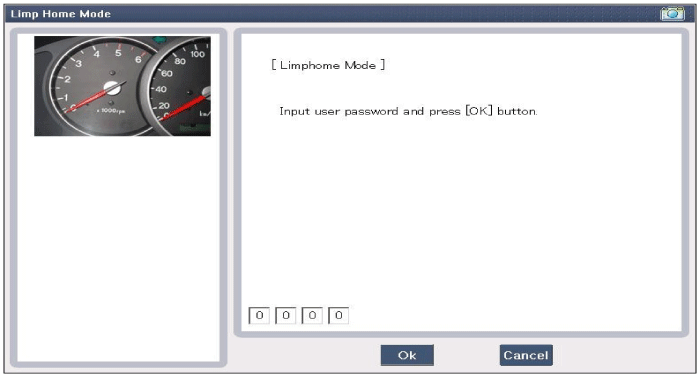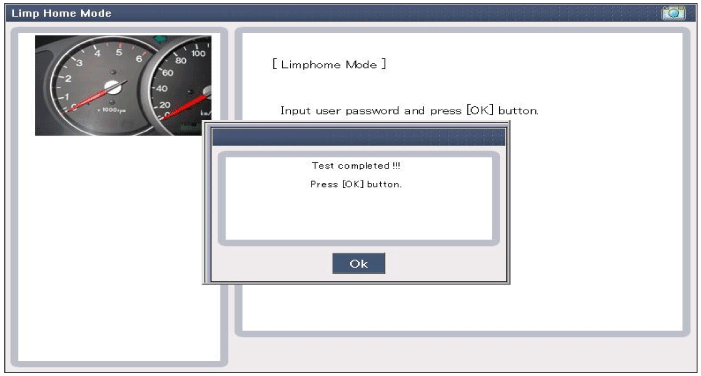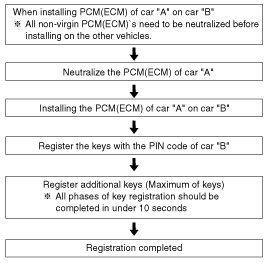Kia Cadenza: Immobilizer System / Repair procedures
Kia Cadenza YG 2016-2025 Service Manual / Body Electrical System / Immobilizer System / Repair procedures
| Teaching Procedures |
| 1. |
Key Teaching Procedure
Key teaching must be done after replacing a defective PCM(ECM) or when providing additional keys to the vehicle owner.
The procedure starts with an PCM(ECM) request for vehicle
specific data (PIN code: 6digits) from the tester. The "virgin" PCM(ECM)
stores the vehicle specific data and the key teaching can be started.
The "learnt" PCM(ECM) compares the vehicle specific data from the tester
with the stored data. If the data are correct, the teaching can
proceed.
If incorrect vehicle specific data have been sent to the
PCM(ECM) three times, the PCM(ECM) will reject the request of key
teaching for one hour. This time cannot be reduced by disconnecting the
battery or any other manipulation. After reconnecting the battery, the
timer starts again for one hour.
The key teaching is done by ignition on with the key and
additional tester commands. The PCM(ECM) stores the relevant data in the
EEPROM and in the transponder. Then the PCM(ECM) runs the
authentication required for confirmation of the teaching process. The
successful programming is then confirmed by a message to the tester.
If the key is already known to the PCM(ECM) from a previous
teaching, the authentication will be accepted and the EEPROM data are
updated. There is no changed transponder content (this is impossible for
a learnt transponder).
The attempt to repeatedly teach a key, which has been taught
already during the same teaching cycle, is recognized by the PCM(ECM).
This rejects the key and a message is sent to the tester.
The PCM(ECM) rejects invalid keys, which are presented for
teaching. A message is sent to the tester. The key can be invalid due to
faults in the transponder or other reasons, which result from
unsuccessful programming of data. If the PCM(ECM) detects different
authenticators of a transponder and an PCM(ECM), the key is considered
to be invalid.
The maximum number of taught keys is 8
If an error occurs during the Immobilizer Service Menu, the
PCM(ECM) status remains unchanged and a specific fault code is stored.
If the PCM(ECM) status and the key status do not match for
teaching of keys, the tester procedure will be stopped and a specific
fault code will be stored at PCM(ECM).
|
| 2. |
User Password Teaching Procedure
The user password for limp home is taught at the service station. The owner of the vehicle can select a number with four digits.
The user password teaching is only accepted by a "learnt"
PCM(ECM). Before first teaching of user password to an PCM(ECM), the
status of the password is "virgin" No limp home function is possible.
The teaching is started by ignition on, with a valid
key(learnt key) and sending the user password by tester. After
successful teaching, the status of the user password changes from
"virgin" to "learnt"
The learnt user password can also be changed. This can be
done if the user password status is "learnt" and the tester sends
authorization of access, either the old user password or the vehicle
specific data. After correct authorization, the PCM(ECM) requests the
new user password. The status remains "learnt" and the new user password
will be valid for the next limp home mode.
If wrong user passwords or wrong vehicle specific data have
been sent to the PCM(ECM) three times continuously or intermittently,
the PCM(ECM) will reject the request to change the password for one
hour. This time cannot be reduced by disconnecting the battery or any
other actions. After reconnecting the battery, the timer starts again
for one hour.
|
| Limp Home Function |
| 1. |
Limp Home By Tester
If the PCM(ECM) detects the fault of the SMARTRA or
transponder, the PCM(ECM) will allow limp home function of the
immobilizer. Limp home is only possible if the user password (4 digits)
has been given to the PCM(ECM) before. This password can be selected by
the vehicle owner and is programmed at the service station.
The user password can be sent to the PCM(ECM) via the special tester menu.
Only if the PCM(ECM) is in status "learnt" and the user
password status is "learnt" and the user password is correct, the
PCM(ECM) will be unlocked for a period of time (30 sec.). The engine can
only be started during this time. After the time has elapsed, engine
start is not possible.
If the wrong user password is sent, the PCM(ECM) will reject
the request of limp home for one hour. Disconnecting the battery or any
other action cannot reduce this time. After connecting the battery to
the PCM(ECM), the timer starts again for one hour.
|
| 2. |
Limp Home By Ignition Key
The limp home can be activated also by the ignition key. The
user password can be input to the PCM(ECM) by a special sequence of
ignition on/off.
Only if the PCM(ECM) is in status "learnt" and the user
password status is "learnt" and the user password is correct, the
PCM(ECM) will be unlocked for a period of time (30 sec.).
The engine can be started during this time. After the time
has elapsed, engine start is not possible. After a new password has been
input, the timer (30 sec.) will start again.
After ignition off, the PCM(ECM) is locked if the timer has
elapsed 8 seconds. For the next start, the input of the user password is
requested again. |

| Replacement |
Problems And Replacement Parts:
| Problem | Part set | GDS required? |
| All keys have been lost | Blank key (4) | YES |
| Antenna coil unit does not work | Antenna coil unit | NO |
| ECM does not work | PCM(ECM) | YES |
| Ignition switch does not work | Ignition switch with Antenna coil unit | YES |
| Unidentified vehicle specific data occurs | Key, PCM(ECM) | YES |
| SMARTRA unit does not work | SMARTRA unit | YES |
Replacement Of Ecm And Smartra
In case of a defective ECM, the unit has to be replaced with a
"virgin" or "neutral" ECM. All keys have to be taught to the new ECM.
Keys, which are not taught to the ECM, are invalid for the new ECM
(Refer to key teaching procedure). The vehicle specific data have to be
left unchanged due to the unique programming of transponder.
In case of a defective SMARTRA, it needs teaching the
smartra. A new SMARTRA device replaces the old one and smartra need
teaching.
| 1. |
Things to remember before a replacement (PCM(ECM))
|
| 2. |
Things to remember before a replacement (Keys & Additional registration)
|
Neutralizing Of ECM
The PCM(ECM) can be set to the "neutral" status by a tester.
A valid ignition key is inserted and after ignition on is
recorded, the PCM(ECM) requests the vehicle specific data from the
tester. The communication messages are described at "Neutral Mode" After
successfully receiving the data, the PCM(ECM) is neutralized.
The ECM remains locked. Neither the limp home mode nor the "twice ignition on" function, is accepted by the PCM(ECM).
The teaching of keys follows the procedure described for the
virgin PCM(ECM). The vehicle specific data have to be unchanged due to
the unique programming of the transponder. If data should be changed,
new keys with a virgin transponder are requested.
This function is for neutralizing the PCM(ECM) and Key. Ex) when lost key, Neutralize the PCM(ECM) then teach keys.
(Refer to the Things to do when Key & PIN Code the
PCM(ECM) can be set to the "neutral" status by a scanner. If wrong
vehicle specific data have been sent to SMATRA three times continuously
or intermittently, the SMATRA will reject the request to enter neutral
mode for one hour. Disconnecting the battery or other manipulation
cannot reduce this time. After connecting the battery the timer starts
again for one hour.
|

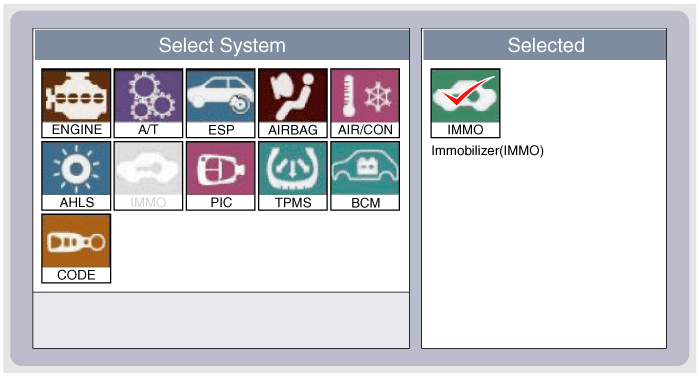

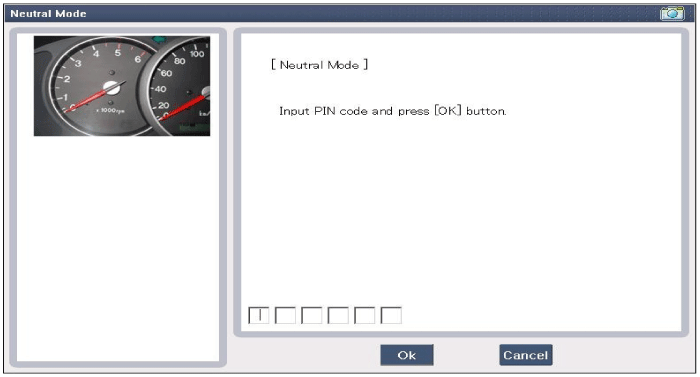

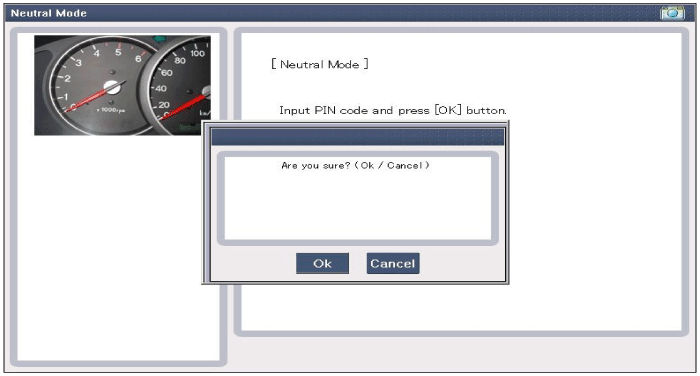
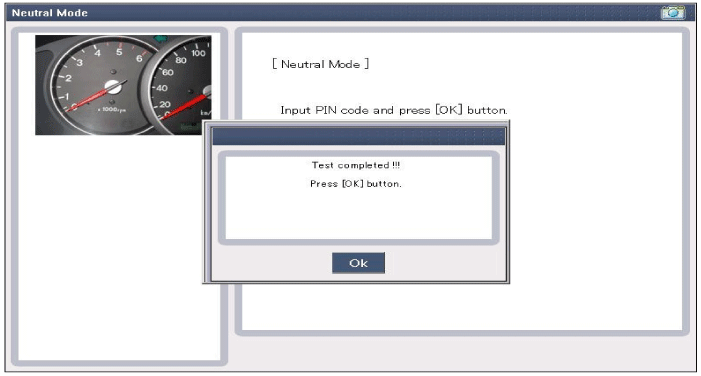
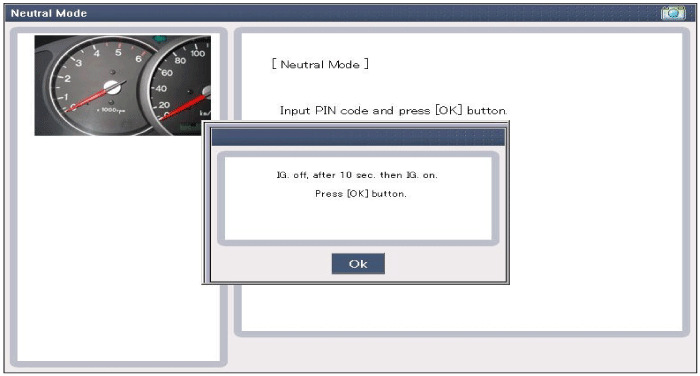

Neutralizing Of SMARTRA
The EMS can be set to the status "neutral" by tester
Ignition key (regardless of key status) is inserted and after
IGN ON. If receiving the correct vehicle password from GST, SMARTRA can
be neutralized. The neutralization of SMARTRA is possible if DPN is
same as the value inputted by GST.
In case that the SMARTRA status is neutral, the EMS keeps the lock state. And the start is not possible by "twice ignition".
In case of changing the vehicle password, new virgin
transponder must be only used. And in case of virgin key, after Learning
the key of vehicle password, it can be used.
If wrong vehicle specific data have been sent to SMATRA three
times continuously or intermittently, the SMATRA will reject the
request to enter neutral mode for one hour. Disconnecting the battery or
other manipulation cannot reduce this time. After connecting the
battery the timer starts again for one hour.
|







 Description and Operation
Description and Operation
Description
The immobilizer system will disable the vehicle unless the
proper ignition key is used, in addition to the currently available
anti-theft systems such as car alarms, the immobilizer ...
 Immobilizer Control Unit Repair procedures
Immobilizer Control Unit Repair procedures
Removal
1.
Disconnect the negative (-) battery terminal.
2.
Remove the crash pad lower panel.
(Refer to Body - "Crash Pad")
3.
Disconnect the 5P connector of the SMARTRA unit and then rem ...
Other information:
Kia Cadenza YG 2016-2025 Service Manual: Cooling Fan Description and Operation
Description [Air conditioning type] The cooling fan operates in 2 stages (HIGH/LOW). The engine control module (ECM) controls the cooling fan according to the coolant temperature, vehicle speed and A/C operation. [Cooling fan operation conditions] A/C switchA/C pressure [kgf/cm² G (psi ...
Kia Cadenza YG 2016-2025 Service Manual: Curtain Airbag (CAB) Module Repair procedures
Removal 1. Disconnect the battery negative cable and wait for at least thirty seconds before beginning work. 2. Remove the roof trim. (Refer to Body - "Roof trim assembly") 3. Disconnect the curtain airbag harness connector (A). 4. After loosening the mounting bolts and nuts remove ...
Copyright © www.kcadenzavg.com 2017-2025



